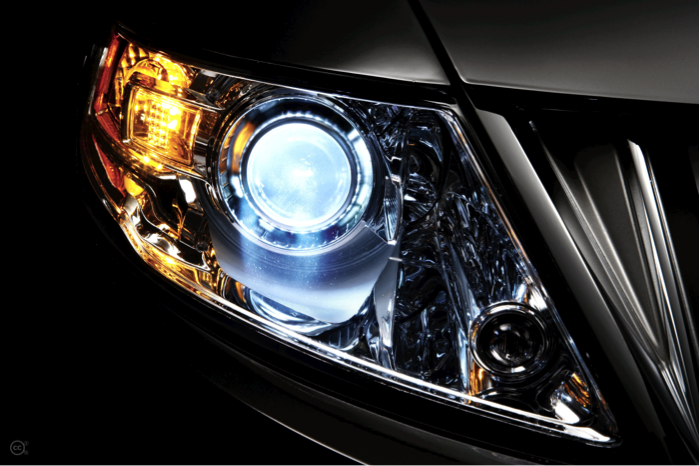
While customizing their car is a great way for car aficionados to make their vehicle truly theirs, or breathe new life into an older model, it can also create a number of problems. When a consumer purchases a car from a dealership, the vehicle adheres to certain safety regulations that ensure both the consumer and other drivers he or she meets on the road are protected from various hazards. When a consumer customizes his or her car, it’s possible that the resulting vehicle no longer adheres to regulations.
Take, for example, the high-intensity headlights that come standard on many high-end or luxury vehicles. This technology has inspired various aftermarket kits designed to increase the output of a regular vehicle’s lamps. While this may seem like a harmless modification, it’s one that can have dangerous repercussions on other drivers.
Online shopping
A lot of consumers purchase these types of kits online. The price for one generally ranges between $90 and $300. Companies selling these kits will claim that they are approved by governmental bodies and have been properly road-tested, though that’s rarely true. Another problem is that the installation of the kit, which companies will have consumers believe is a simple process, can cause headaches. Installation is more complicated than merely plugging in a new bulb, and few consumers who lack proper auto mechanic training are able to install and calibrate the lights properly.
Drivers seek these types of kits when looking to boost their visibility at night. The high-intensity discharge retrofits come with gas-filled bulbs and ballasts that supply the lights with the necessary voltage. They can light the road with different colours, such as white, blue or violet.
Safety concerns
These kits can make roads less safe. One of the main concerns is that they require drivers to switch halogen bulbs with HID fixtures, which have different characteristics. The headlights, as a result, can be out-of-place or not properly aimed, failing to illuminate the right parts of the road and blinding other drivers in the process. The installation phase, more difficult than anticipated, means most consumers aren’t skilled enough to set up the ballast themselves properly. If they take the road with incorrectly installed fixtures, they put themselves as well as others at risk. Some installations will result in headlights that can’t properly switch from high to low beams. If this is the case, police officers are authorised to immediately take the vehicle off the road.
To properly aim a headlight, an auto mechanic with proper training from auto mechanic schools will use a headlight-aiming machine. It’s not necessarily a difficult operation, but it can be impossible to get it right without the right equipment, which is why most consumers are unlikely to be able to install their kits properly if they try to set up the ballasts at home.
In general, these kits aren’t a very good investment. Even when installed properly, a lot of light close to the vehicle can give the driver a false sense of confidence, which puts him or her at more risk.

